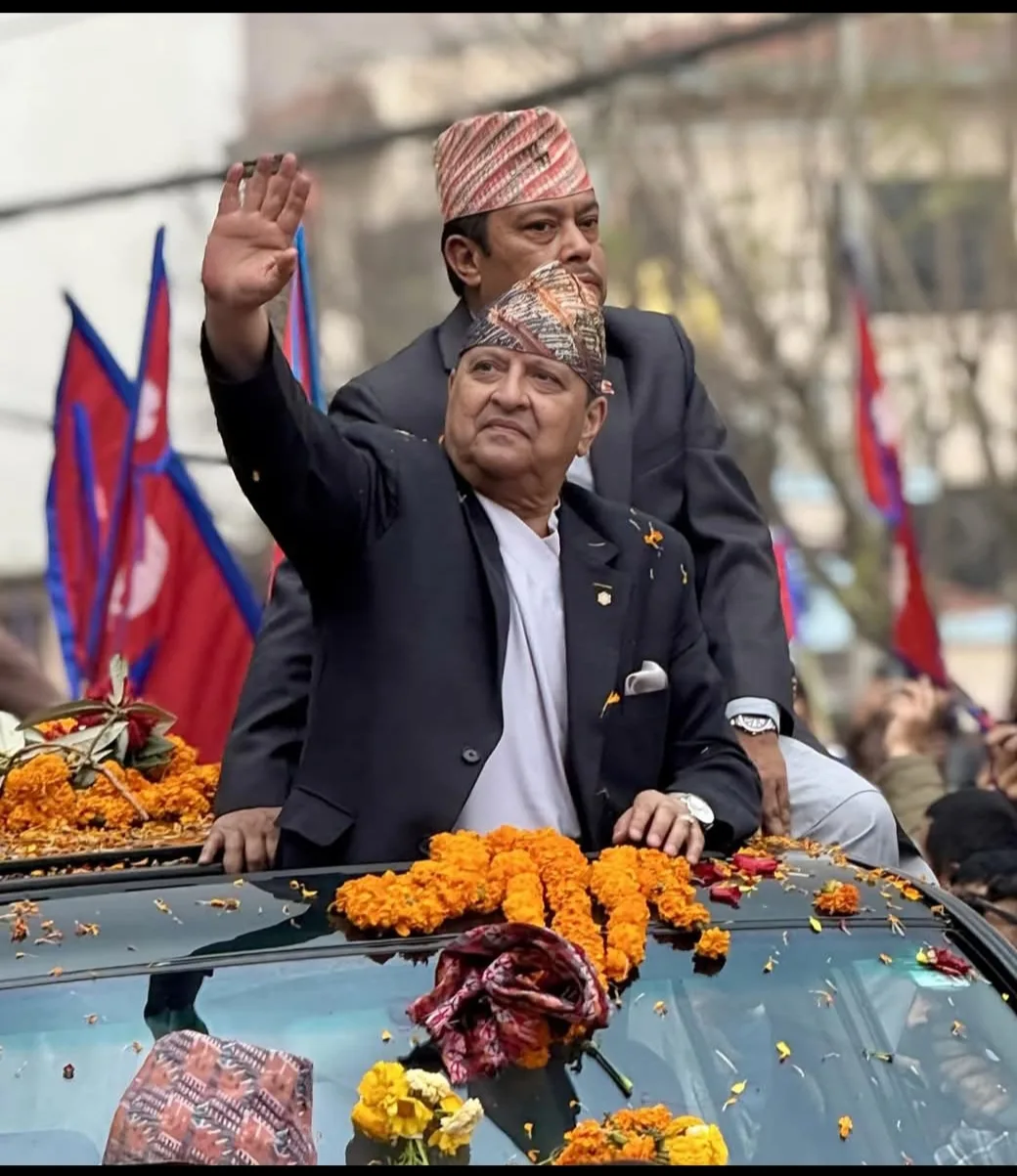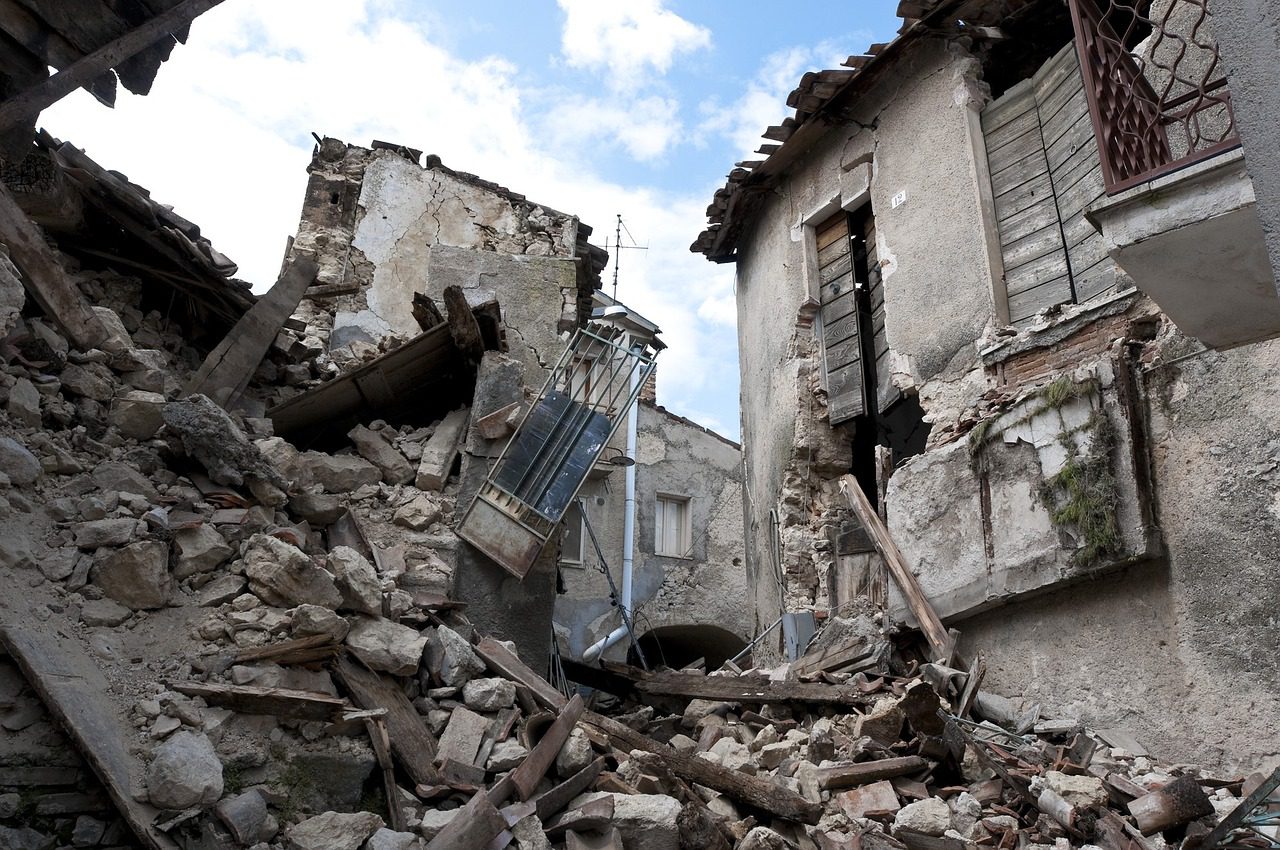Introduction: A Monarchy’s Shadow Looms Over Kathmandu
Nepal’s political landscape, long defined by its transition from monarchy to federal republic, is witnessing an unexpected twist. King Gyanendra Shah, the last monarch ousted in 2008, is suddenly back in the headlines. Social media buzz, nostalgic royalist rallies, and murmurs of “failed republicanism” have reignited debates about the monarchy’s role in stabilizing a nation plagued by chronic instability which raises question is Prachanda afraid.
But why now? And why does this prospect unnerve Pushpa Kamal Dahal “Prachanda”, the Maoist leader-turned-Prime Minister? This article dissects the resurgence of royalist sentiment, Prachanda’s precarious balancing act, and whether Nepal’s turbulent democracy could face its most existential crisis yet. we’ll discuss in brief whether Prachanda afraid in the possibility of Gyanandra return.
1. From Palace to Exile: A Brief History of Nepal’s Monarchy
To understand today’s tensions, we must revisit Nepal’s royal legacy and its abrupt end.
The Shah Dynasty: 240 Years of Rule
- The Shah kings unified Nepal in 1768 and ruled as Hindu monarchs, blending divinity with authority.
- King Birendra (1972–2001): A beloved figure who introduced multi-party democracy in 1990 but faced a brutal civil war (1996–2006) against Prachanda’s Maoist rebels.
- 2001 Royal Massacre: The assassination of King Birendra and his family, shrouded in conspiracy theories, thrust Gyanendra onto the throne.
- Gyanendra’s Autocratic Turn: In 2005, he dissolved Parliament, seized absolute power, and alienated political parties. This move catalyzed the 2006 People’s Movement, leading to the monarchy’s abolition in 2008.
The Republic Era: Broken Promises?
Since 2008, Nepal has cycled through 13 governments, rampant corruption, and a stalled post-earthquake recovery. Many Nepalis, disillusioned with partisan squabbles, now romanticize the monarchy as a symbol of unity.
2. The Royal Resurgence: Why King Gyanendra Is Trending
King Gyanendra, once reviled as a tyrant, is now recast as a stabilizing force. Here’s what’s fueling his comeback:
A. Social Media Nostalgia and Youth Mobilization
- Viral hashtags like #BringBackMonarchy and #KingGyanendra trend on Nepali Twitter, driven by youths who never lived under royal rule.
- The “Glory Days” Narrative: Royalists contrast today’s inflation and unemployment with the monarchy’s era of “order” and cultural pride.
B. Political Opportunism
- RPP-Nepal: The pro-monarchy Rastriya Prajatantra Party has rebranded, leveraging public frustration to win local seats.
- Hindu State Demands: Many royalists seek to reverse Nepal’s secular status, appealing to conservative Hindus.
C. Institutional Fatigue
- Failed Governance: The 2015 constitution’s federal structure is criticized as bloated and ineffective.
- China and India’s Silence: Unlike in 2006, regional powers haven’t openly opposed royalist voices, emboldening supporters.
3. Prachanda’s Dilemma: Between Republicanism and Survival
Prachanda, a key architect of the republic, now leads a fragile coalition. His actions suggest both defiance and anxiety. in the recent events also Prachanda afraid behavior is seen.
A. Public Denials, Private Panic?
- In a June 2024 interview, Prachanda dismissed monarchy talks as “a joke,” but insiders claim his party is quietly assessing risks.
- Coalition Fragility: With the Nepali Congress (NC) and UML divided, Prachanda’s grip relies on unstable alliances. A royalist wave could shatter his government. the main reason of Prachanda afraid might be he is being alone.
B. The Maoist Paradox
- Prachanda’s Maoists once fought to abolish the monarchy but now face accusations of betraying revolutionary ideals. so Prachanda afraid whether his fight that fought monarchy will be returned.
- Land Reform Failures: Slow progress on post-war promises has eroded rural support, leaving space for royalist messaging.
C. Legal Barriers (and Loopholes)
- Constitutional Hurdles: Restoring the monarchy requires a two-thirds parliamentary majority and a referendum—a high bar.
- The Army Factor: Nepal’s army, historically loyal to the crown, remains a wild card. Recent meetings between generals and Gyanendra fuel speculation.
4. Can the Monarchy Return? Analyzing the Possibilities
While a full restoration seems unlikely, Gyanendra’s soft influence is growing. Here’s the breakdown:
A. Scenario 1: Symbolic Role Without Power
- A ceremonial monarchy, akin to the UK, could appease traditionalists without reversing republicanism.
- But: Gyanendra’s past autocracy makes him a polarizing figure for compromise.
B. Scenario 2: Authoritarian Revival
- A 2005-style coup is improbable, but political chaos could invite military-royalist collaboration.
- Regional Reactions: India and China prefer stability but may tolerate a strongman if chaos persists.
C. Scenario 3: Status Quo Prevails
- Political elites may shut down royalist demands to protect their interests. However, public anger could boil over. if the public anger rise then not only Prachanda afraid but every politician should face the consequences.
Source: The Diplomat – “Nepal’s Monarchy Debate: Empty Nostalgia or Real Threat?“
5. Regional and Global Implications
Nepal’s instability worries its powerful neighbors:
- India: Prefers a secular, republican Nepal but has historical ties to the monarchy.
- China: Invested in infrastructure projects, Beijing may back any regime ensuring stability.
- Western Allies: The U.S. and EU are likely to condemn any democratic backsliding.
6. Conclusion: A Republic on the Brink?
Nepal stands at a crossroads. For Prachanda, the monarchy’s ghost is both a distraction and an existential threat. His ability to address governance failures—not just suppress royalist nostalgia—will determine whether the republic survives.
Engage With Us:
- Do you think Nepal needs the monarchy back? Share your thoughts below.
- Follow us for updates on Nepal’s political crisis.
- Explore in depth what Gyanendra is cooking? A deep dive in Nepal’s monarchy.




